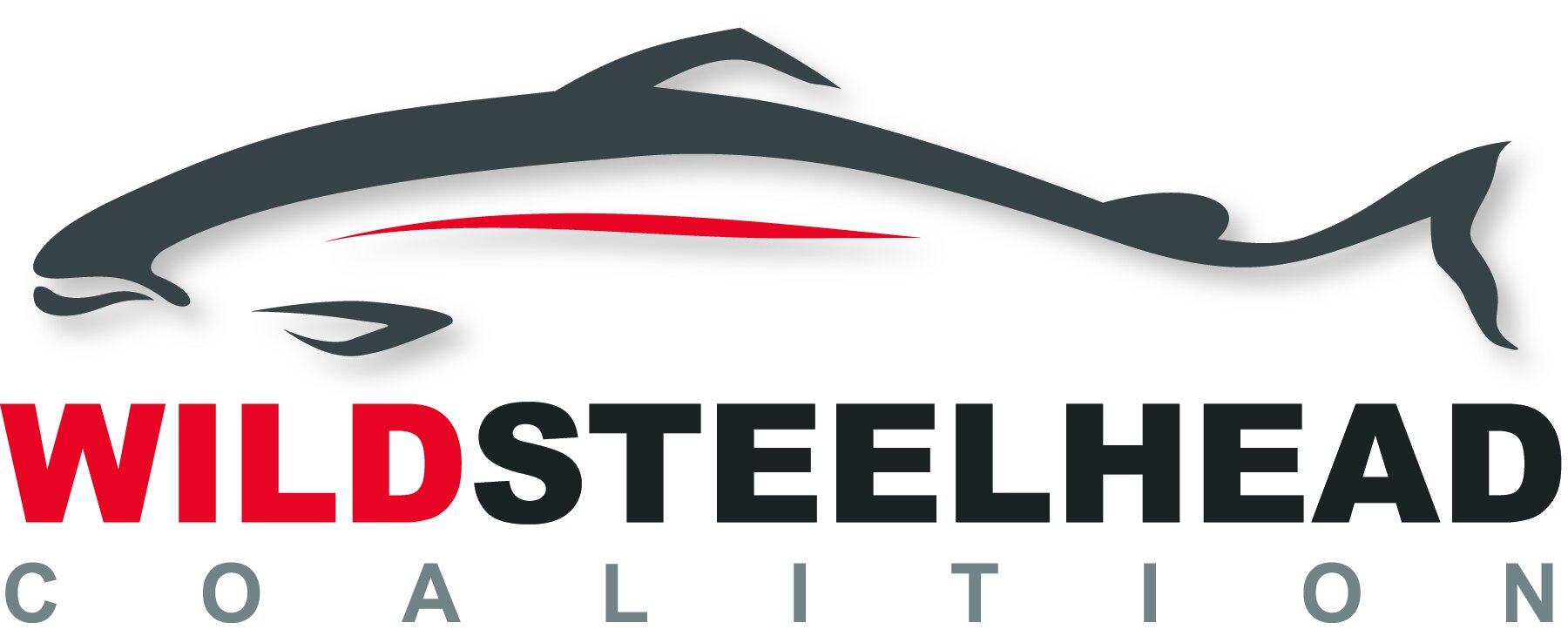
A Legacy of Rivers and Electricity
Throughout the native range of wild steelhead, hundreds of dams obstruct and hinder fish passage. In the Columbia system alone, dams like the Grand Coulee and Hells Canyon have contributed to the loss of more than half of the historic steelhead and salmon habitat. On smaller rivers, countless dams have combined to eliminate thousands of miles of productive spawning and rearing habitat along the entire West Coast.
While fish passage infrastructure exists at many dams, dams create cascading impacts to a watershed that fundamentally alter river systems and cannot be alleviated simply through improved fish passage. Dams slow the flow of water, which can dramatically warm the river. Dams starve the river downstream of gravel and wood, which are essential for maintaining the nature ecology of the river and providing spawning and rearing habitat. Additionally, dams impede both the upstream and downstream movement of native migratory fish.
“Hydroelectric dams are a ubiquitous part of the Pacific Northwest landscape, but they impede or block steelhead migration.”
In the slow-moving, warm water behind dams, native and non-native predators thrive, preying heavily on migrating juvenile steelhead and salmon. Researchers estimate that between 3% and 15% of juvenile salmon die at each dam. Historically, these fish were carried to sea on the spring flows. However, with dams impeding the natural flow of the rivers, smolts must now expend tremendous amounts of energy swimming to sea, often arriving at the ocean weeks later and much smaller than they once did.
Even when dams do not completely block access to spawning habitat, dams still manage to impede the upstream migration of returning adult anadromous fish. During the peak of summer, water temperatures in heavily-dammed watersheds often rise above 70 degrees Fahrenheit, temperatures that are lethal for steelhead. Under these conditions steelhead are subject to high pre-spawn mortality and survivors are forced to cease their migration and seek out coldwater refuges. Pausing at the base of dams also exposes migratory fish to concentrated predation by increasingly prevalent marine mammals such as sea lions.
A Future of Free Flowing Rivers
For more than a century, dams have blocked thousands of miles of steelhead habitat, but the tide is starting to turn. For the first time in American history, dams are being removed faster than they are being constructed. High-profile dam removal projects on the Elwha, White Salmon, Sandy, and Rouge Rivers are demonstrating the benefit of dam removal for both watershed recovery and local communities. Additionally, with a tentative agreement in place to remove four dams on the Klamath River in California, which would be the largest dam removal project ever attempted, the case for the benefits of dam removal will continue to get stronger.
The wave of dam removals sweeping through the West is ushering in hope for the 21st Century becoming the era of river reclamation. Of all the dams being considered for breaching, none are more important than the removal of the four lower Snake River dams, which are the greatest impediment to steelhead and salmon recovery in the Columbia system. Elsewhere in the Columbia River basin, migratory fish passage is being implemented in the Yakima River basin, and negotiations are underway to consider returning migratory fish above the Grand Coulee Dam where hundreds of miles of great habitat remains.
While the massive hydroelectric dams make the largest impact on river systems, there are also many smaller dams, poorly designed culverts, and other impoundments that negatively affect steelhead migration and must be addressed. As this infrastructure ages and its negative impacts on fish and watershed health continue to become more apparent, there will be heightened opportunities for local communities and governing agencies to improve and restore fish passage.
In order to make the 21st Century truly the era of river reclamation, steelhead advocates need to be united, organized, and prepared to effectively support reclamation opportunities. Likewise, wild fish advocates need to be vigilant whenever old dams seek re-licensing and when there are calls for new dams such as the proposed Chehalis Dam in Washington. We must also be able to bring to bear the best science and engineering to create solutions that serve local communities and watersheds better than fish-blocking dams. The future of wild steelhead depends upon our ability to win these fights and usher in an unprecedented era of river restoration.





